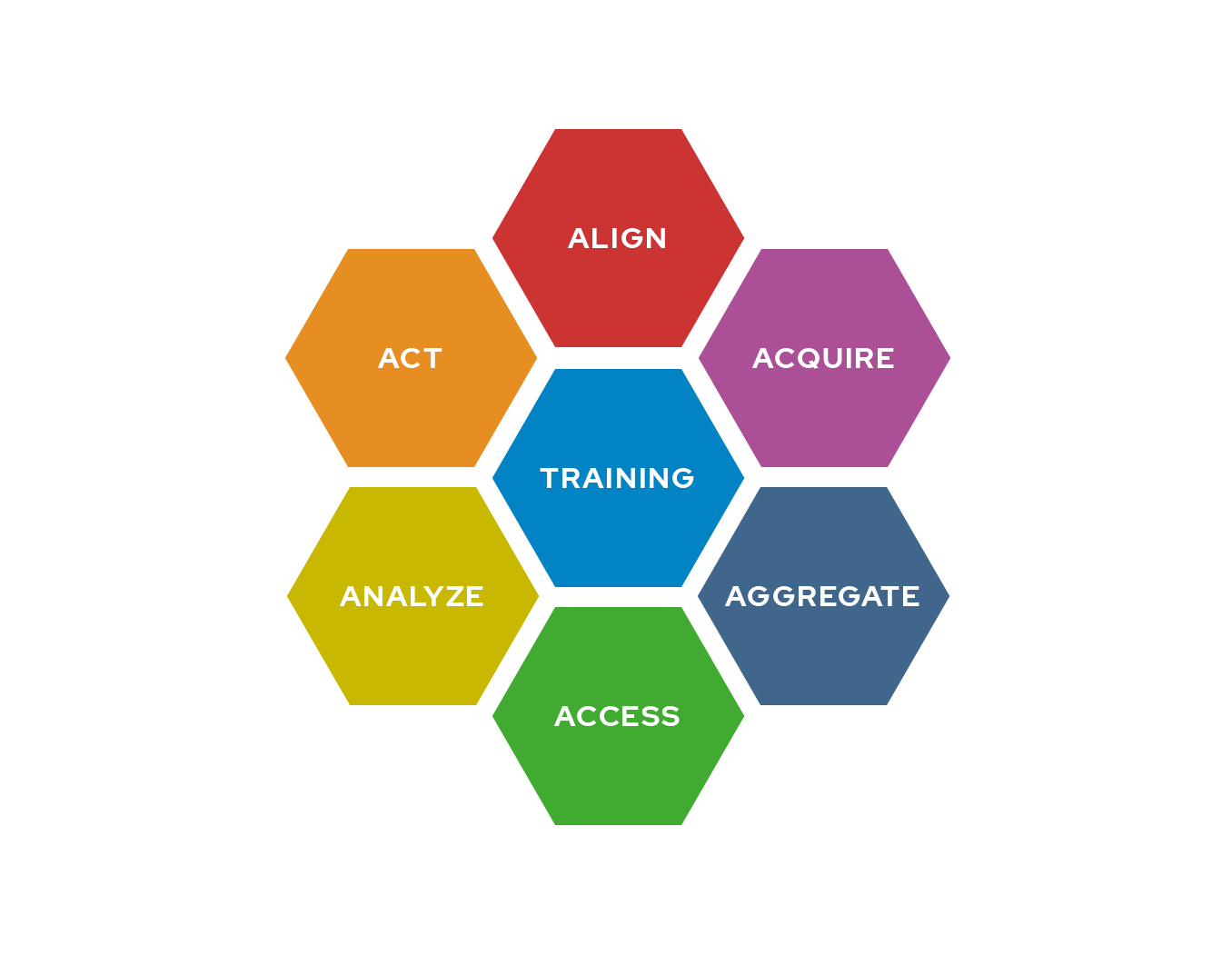The data lifecycle is a framework that considers how data initiatives work together from a people, processes and tools standpoint. Data lifecycle phases include:

The data lifecycle is a framework that organizations can apply in many ways. It provides a framework for assessment of organizational data usage. It provides a roadmap for developing an analytics center of excellence. And it informs analytics staffing and team development.
The data lifecycle manifests differently within every organization. Some organizations have not yet engaged in every phase. Others have an opportunity to deepen their maturity within particular phases.
In order to best understand how the data lifecycle may be applied to your organization, you need to envision what “great” looks like at every phase. If your overall goal is to develop into a more data-driven organization, these more focused, lifecycle phase-specific goals, are helpful in prioritizing your analytics needs.
Learn more about our consulting services that support the Data Lifecycle framework >
Framework phases that consider how data initiatives work together from a people, process and tools standpoint.